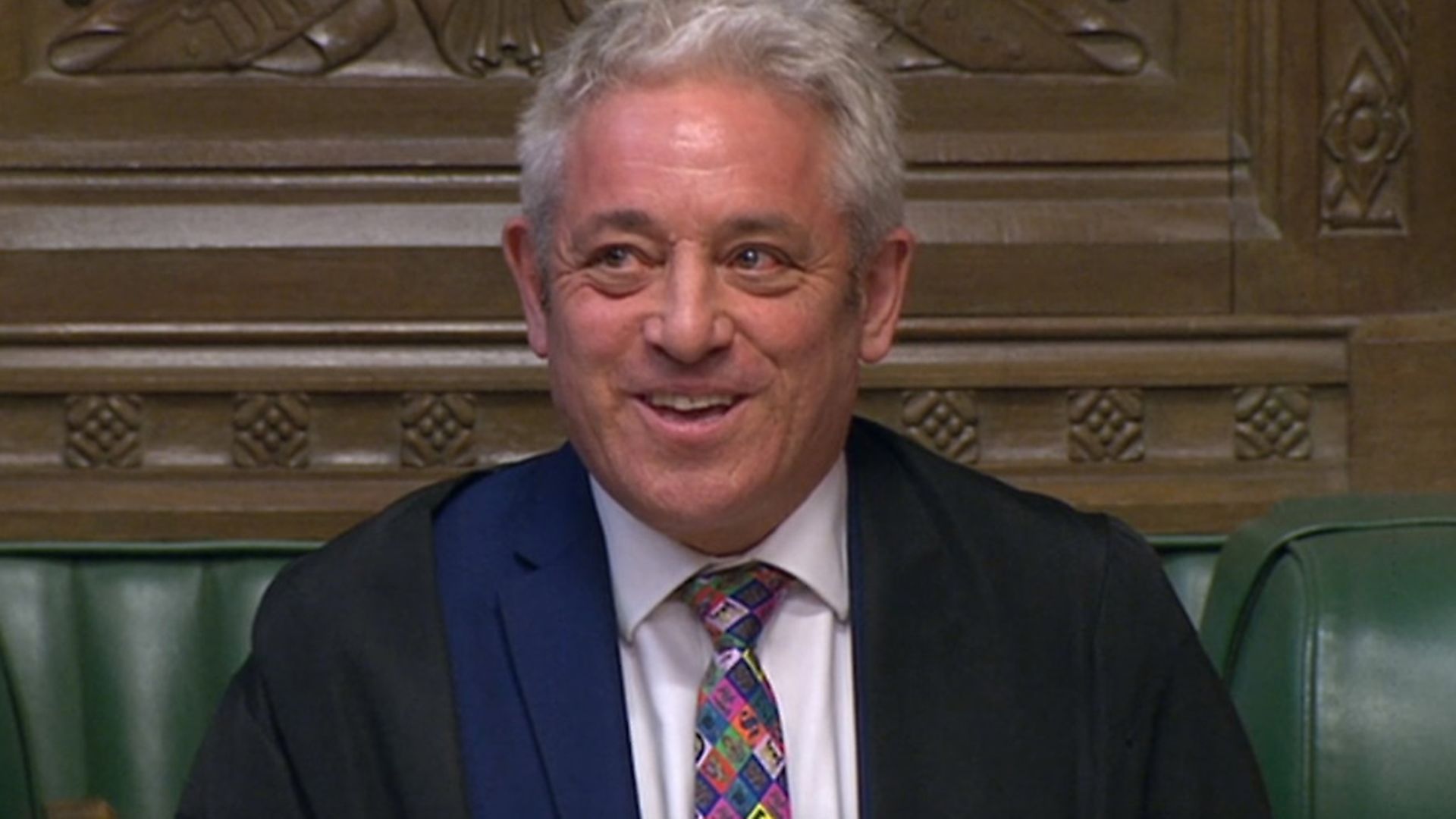
MPs will take part in the second stage of the Brexit indicative vote process later – but what could they be voting on?
None of the eight alternatives to Theresa May’s deal were approved last week after parliament seized control of the Commons agenda.
Many of the ideas have returned for a second attempt – with speaker John Bercow selecting the following motions.
Tory MPs will be given a free vote on the options, but ministers will be told to abstain.
• Motion C: Customs union.
Tory former chancellor Ken Clarke’s customs union plan requires any Brexit deal to include, as a minimum, a commitment to negotiate a ‘permanent and comprehensive UK-wide customs union with the EU’. This was defeated by the smallest margin in the first round, falling just six votes short.
• Motion D: Common market 2.0.
Tabled by Conservatives Nick Boles, Robert Halfon and Dame Caroline Spelman and Labour’s Stephen Kinnock, Lucy Powell plus the SNP’s Stewart Hosie.
The motion proposes UK membership of the European Free Trade Association and European Economic Area. It allows continued participation in the single market and a ‘comprehensive customs arrangement’ with the EU after Brexit – including a ‘UK say’ on future EU trade deals – would remain in place until the agreement of a wider trade deal which guarantees frictionless movement of goods and an open border in Ireland.
• Motion E: Confirmatory public vote.
It has been drawn up by Labour MPs Peter Kyle and Phil Wilson. This motion would require a public vote to confirm any Brexit deal passed by parliament before its ratification. This option, tabled last time by Labour former minister Dame Margaret Beckett, polled the highest number of votes although was defeated by 295 votes to 268.
• Motion G: Parliamentary supremacy
SNP MP Joanna Cherry joins with Grieve and MPs from other parties with this plan to seek an extension to the Brexit process, and if this is not possible then parliament will choose between either no-deal or revoking Article 50.
An inquiry would follow to assess the future relationship likely to be acceptable to Brussels and have majority support in the UK.
These motions were rejected:
• Motion A: Unilateral right of exit from the backstop.
Tory backbenchers, led by John Baron, want the UK to leave the EU on May 22 2019 with the Withdrawal Agreement amended to allow the UK unilaterally to exit the controversial Northern Ireland backstop.
• Motion B: No deal in the absence of a Withdrawal Agreement.
Another proposal from Baron, which calls for a no-deal Brexit on April 12 if no Withdrawal Agreement can be agreed by the Commons.
• Motion F: Public vote to prevent no deal.
Moved by Labour’s Graham Jones and Tory former minister Dominic Grieve, this proposal would require a referendum, if necessary, to prevent the UK leaving the EU without a deal.
• Motion H: Efta and EEA.
A motion tabled by Conservative MP George Eustice – who quit as agriculture minister to fight for Brexit – proposes rejoining the European Free Trade Association (Efta) at the ‘earliest opportunity’, agree a short extension to the UK’s membership of the EU to conclude accession to Efta and negotiate with the EU additional protocols relating to the Northern Ireland border and agri-food trade.









